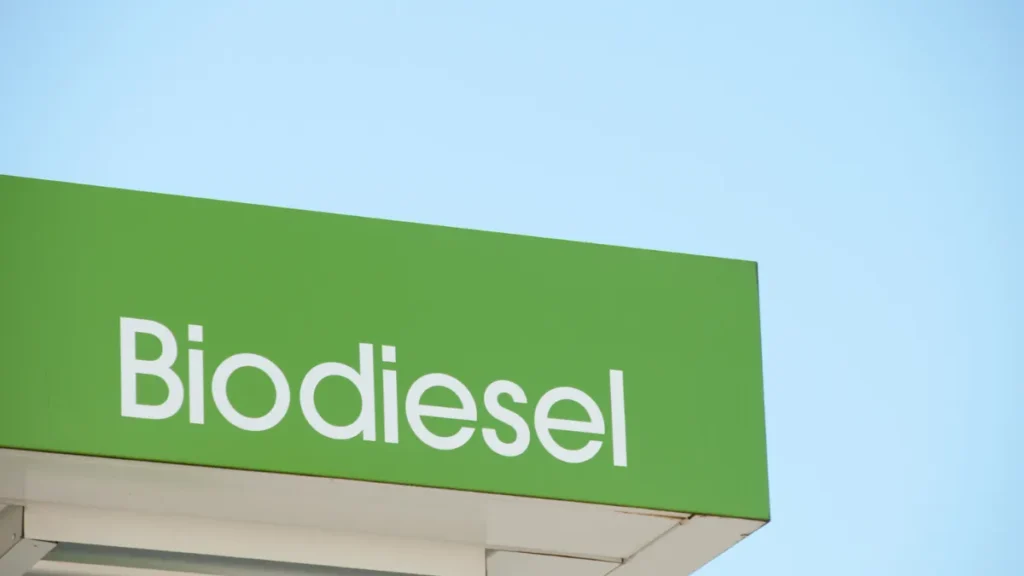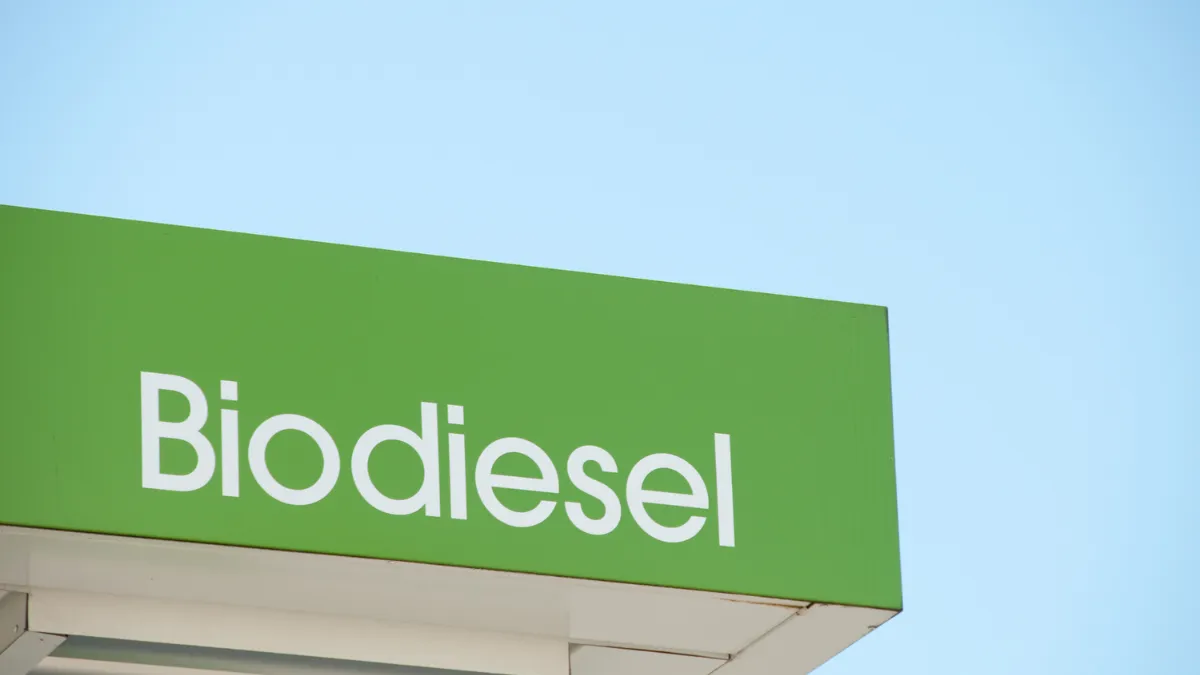The Journey of Used Cooking Oil to Biodiesel
In our previous discussion, we explored the incredible potential of Used Cooking Oil (UCO) as a valuable resource for producing biodiesel and Sustainable Aviation Fuel (SAF). Today, we’ll dive deeper into the process that transforms UCO from a kitchen waste product into a sustainable energy source, and how this biodiesel is used in Indonesia. We’ll also touch on the challenges faced by current biodiesel technology and what the future holds with second-generation biodiesel.

The Collection and Conversion of UCO to Biodiesel
The journey of UCO from your kitchen or restaurant to biodiesel production involves several critical steps:
- Collection: UCO is collected from various sources, including households, restaurants, and hotels. At Tuang Bio Energi, we ensure that the collection process is convenient and efficient, minimizing disruption to your daily operations.
- Filtration and Purification: Once collected, UCO is filtered to remove food particles and other impurities. This is a crucial step to ensure the quality of the final biodiesel product.
- Transesterification: The purified UCO undergoes a chemical process called transesterification, where it is reacted with an alcohol (usually methanol) in the presence of a catalyst (typically sodium or potassium hydroxide). This process converts the UCO into Fatty Acid Methyl Ester (FAME), which is the chemical name for biodiesel, and glycerol, a byproduct.
- Separation and Refining: After the reaction, the mixture is allowed to settle, separating the biodiesel from the glycerol. The biodiesel is then further refined to meet quality standards.
Yield Rate of Biodiesel Production
The efficiency of converting UCO into biodiesel is impressive. On average, 100 kg of UCO can yield approximately 95 kg of biodiesel. This high yield rate demonstrates the efficiency of the transesterification process, making UCO a valuable feedstock for biodiesel production.
Byproducts of Biodiesel Production
The primary byproduct of the biodiesel production process is glycerol. While often considered a low-value byproduct, glycerol has several commercial applications, including in the production of soap, cosmetics, and pharmaceuticals.
Biodiesel Blending: Indonesia’s B30 Mandate
In Indonesia, biodiesel is blended with conventional diesel to create a more sustainable fuel. The current standard is B30, which means that the diesel you find at the pump contains 30% biodiesel. This blending practice significantly reduces the country’s dependence on fossil fuels and lowers greenhouse gas emissions.
Challenges and Disadvantages of Biodiesel
Despite its advantages, biodiesel production and use come with certain challenges:
- Cold Weather Performance: Biodiesel can gel at low temperatures, which may cause problems in colder regions.
- Oxidation Stability: Biodiesel is more prone to oxidation than fossil diesel, which can lead to the formation of deposits in fuel systems.
- Land Use: There is a concern that large-scale production of biodiesel could lead to deforestation or competition with food crops, although UCO-based biodiesel mitigates this issue.
- Engine Compatibility: While modern engines are generally compatible with biodiesel blends, older engines may require modifications to run efficiently on higher biodiesel blends.
The Future: Second-Generation Biodiesel (HVO)
To address some of these challenges, the industry is moving towards second-generation biodiesels, such as Hydrotreated Vegetable Oil (HVO). Unlike traditional biodiesel, HVO is produced through a different process that involves hydrogenation, resulting in a fuel with better cold weather performance, higher energy content, and improved oxidation stability.
In our next post, we’ll explore HVO in more detail, discussing how it differs from traditional biodiesel, its advantages, and its potential role in Indonesia’s energy landscape.
Contact Tuang Bio Energi
Website: https://www.tuang.co.id
Phone: 021-30620136
Email: [email protected]
Make the sustainable choice—sell your UCO to Tuang Bio Energi and contribute to a greener Indonesia. Stay tuned for our next post on the future of biodiesel!


Leave a Reply